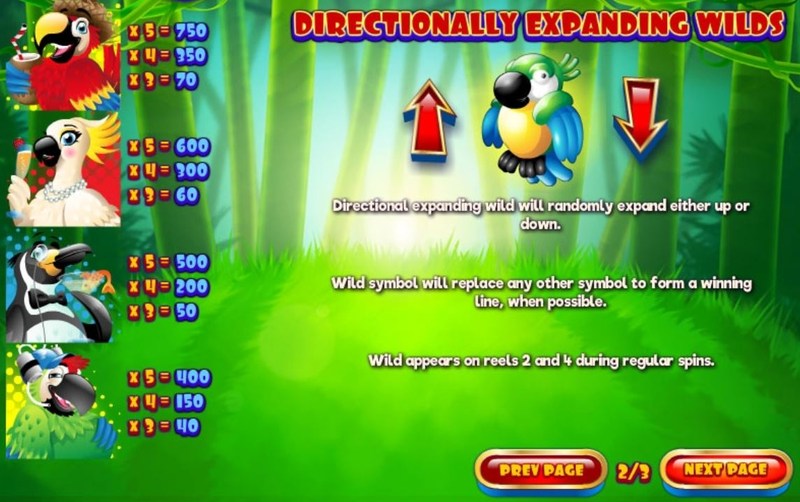

One parrot sat about 40 feet above the ground, analyzing its visitors and pecking at seeds. "That's them," Gallegos said the other day, scrambling toward the racket. Perched in a grove of pine trees, they sound like excited, drunken monkeys. The parrots' chatter makes them easily recognizable. In Seward Park, they share space with two families of bald eagles, several herons and a jet-black rooster that spends mornings strutting through the upper parking lots.


The Seattle group has developed an appetite for local cuisine - nearby residents have seen them gobbling apples and feasting on salmonberries. The South American natives have established communities in Chicago's Hyde Park and in Brooklyn, where they menace local pigeons. "They're another Seattle oddity," said Christina Gallegos, Seward Park's naturalist, putting the parrots in an already crowded field with the likes of the Lenin statue and the Fremont troll.īut feral parrots and parakeets are hardly unique to Seattle. Sightings also have been reported in North Seattle's Maple Leaf neighborhood. Naturalists at Seattle's Department of Parks and Recreation say they suspect that the tropical birds have made their nests in a few old-growth snags in Seward Park - large, dead trees that can provide warmth when they huddle inside. Nobody knows for sure how they got here, though some experts theorize that they may be former house pets that escaped their cages - aided and abetted, in some cases, by frazzled owners seeking peace and quiet. They're long, sturdy emerald-green parrots with round, red freckles and a distressingly noisy squawk. Unlike Bigfoot, though, these elusive critters are for real. Like the recently exposed Bigfoot, they have the trappings of a Northwest urban myth - a flock of wild parrots flitting through the forests of Seattle's Seward Park.


 0 kommentar(er)
0 kommentar(er)
